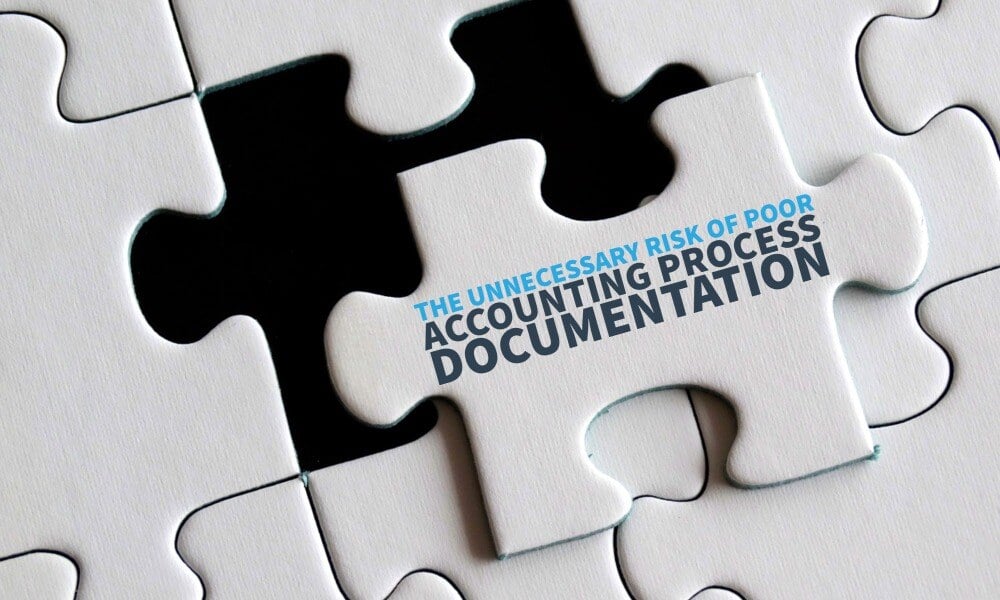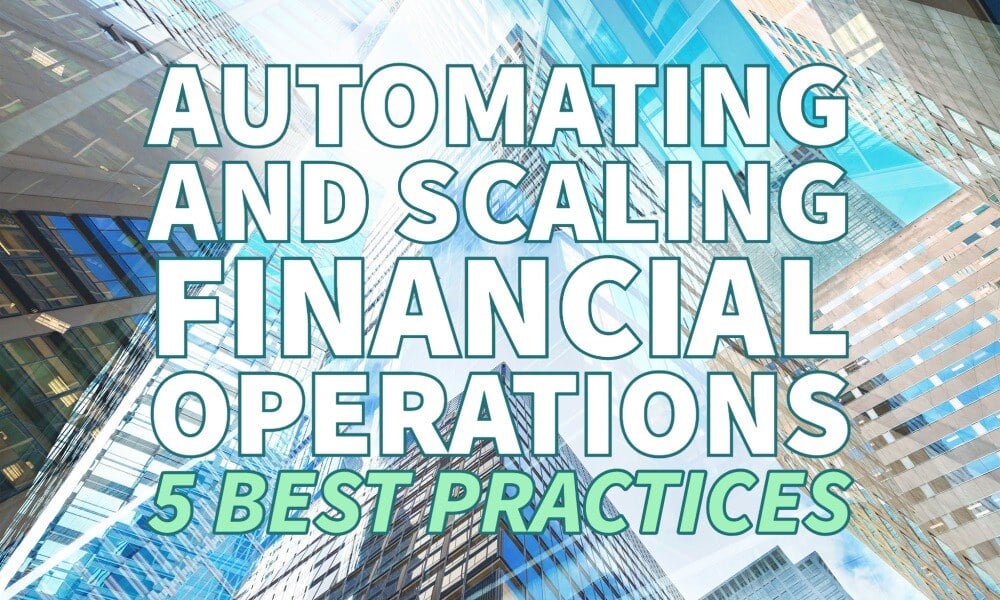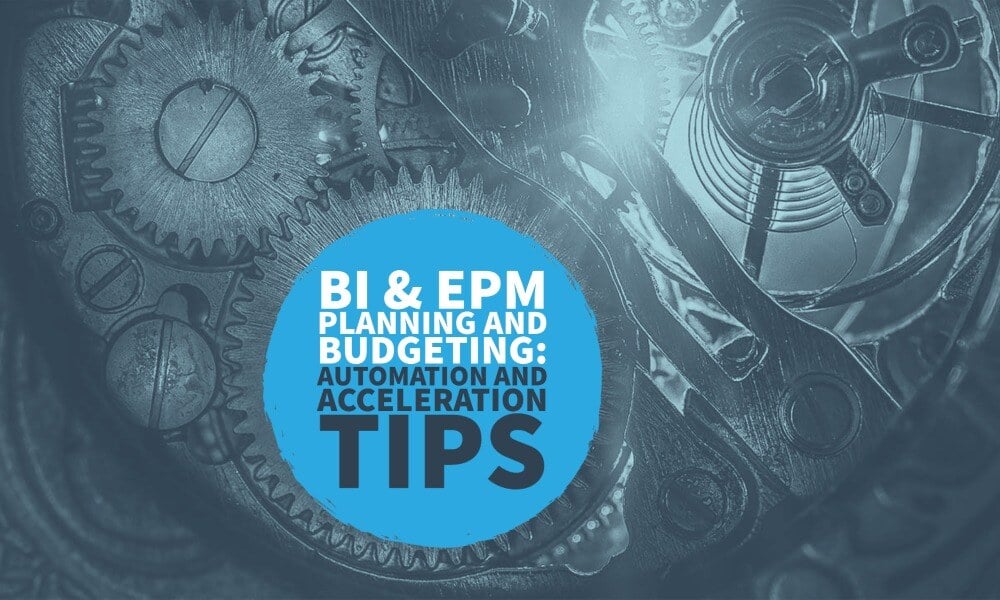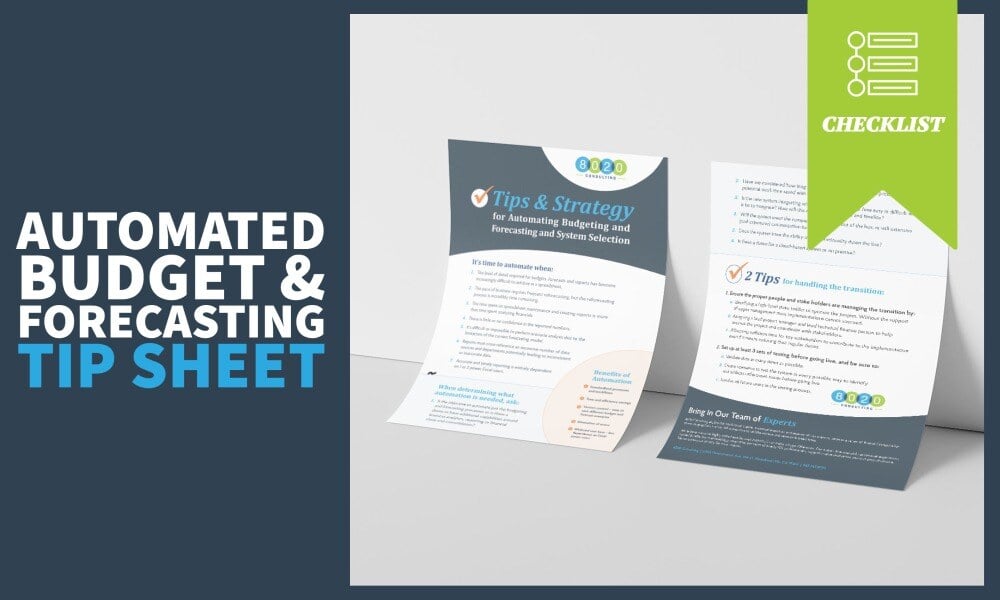
If you’re reading this post, we invite you to first read “How to Improve Accounting Processes Using ESOAR (Part 1),” which covers the first two stages (i.e., Elimination and Standardization) of the ESOAR methodology. If you’re caught up, then read on to learn how to focus your finance & accounting process optimization effort!
In our first post, we covered the process improvement methodology ESOAR, which stands for:
- Eliminate wasteful activities impacting time, cost and effort.
- Standardize processes and templates to limit customization and variability.
- Optimize workflows, technology capabilities, documentation and reporting.
- Automate functionality using available tools to reduce manual work, increase transparency and improve accuracy.
- Robotize remaining rule-based activities performed by a human operator.
In this second post, let’s go beyond elimination and standardization into the last three stages:
Optimize
Once a standardized process has been successfully implemented, efforts can shift towards finance & accounting process optimization to derive further value. One such optimization is to update or build documentation to support the process and encompassing controls. Some examples include the following:
- Drafting a global policy or memo to memorialize the process. This is especially useful if the standardized process begins to erode because entities add exceptions, exclusions, or customizations leading to variability within the process.
- Developing desktop procedures for new hires or offshore/outsourced resources. This may have been adopted during standardization training, but if not, this is a great way to document step-by-step procedures to carry out the process. In case of turnover or shifting of duties, this document can help maintain high efficiency.
- Updating RACI model and approval workflows. This will be helpful for answering who is responsible and accountable for the process, or who should be consulted with or informed of results and changes.
- Creating process flow charts and narratives for SOX/internal controls. This helps internal and external auditors become familiar with the process and the control environment.
In addition to enhanced documentation, another way to optimize the process is to develop analytical management reporting, or lead sheets that are produced from standardized processes. By standardizing the management reporting, stakeholders and approvers can use standard language and metrics to explain results. This is especially useful for large organizations that consolidate results.
All applicable enterprise tools should also be evaluated for possible optimization opportunities. Custom reporting or software available in ERPs may be able to relieve pain points or enhance capabilities.
Finally, there may be opportunities to optimize ancillary processes that use outputs from the newly standardized process. Some examples include balance sheet reconciliations, corporate reporting or audit request lists.
Learn more about process and documentation:
Automate
After a process has been standardized and optimized, opportunities may exist to drive additional efficiencies and improve accuracy through automation. It may be time to automate when time spent on spreadsheet maintenance and creating reports is substantially larger than the time spent analyzing financials. Also, you may choose to pursue automation due to diminished confidence in reported numbers due to human error, or if accurate and timely results are wholly dependent on one or two users with specialized knowledge of detailed manual procedures.
If these conditions exist, review the process for repetitive steps, manual steps or rule-based (non-subjective) steps. Consider all available tools for automation such as Excel formulas and macros, automated system interfaces or new/existing software. In your pursuit of automation, you’ll also want to identify appropriate SME and/or IT sponsors who can propose ideas and implement solutions, in addition to the implementation timing and rollout (refer to Standardization, Step 5).
Learn more about automation:
Robotize
Robotic process automation (RPA) is an emerging technology that utilizes robots (configured and directed by software programs) to execute certain tasks. After completing available process eliminations, standardizations, optimizations and automations, a process can be evaluated for RPA. Completing these preliminary steps removes most inefficiencies and variability within a process, leading to more successful RPA implementations and minimized costs. Additionally, benefits such as ongoing efficiencies, effectiveness and value derived from RPA are magnified.
These prerequisite steps will also reveal processes that are not good candidates for RPA due to their complexity, or perhaps the ROI is not convincing enough after significant benefit has already been achieved through ESOA.
RPA is an ideal solution for remaining human-operated tasks that are:
- Repetitive or mundane.
- Rule-based activities not previously captured through traditional automation.
- At a volume of transactions that justifies upfront costs for RPA design, development and implementation, staff training and ongoing maintenance.
After automations and RPA are implemented, remember to consider how time can be repurposed towards analytical, high-value added tasks.
Reputable RPA Software worth consideration includes:
Learn More About Finance & Accounting Process Optimization in Our Companion Whitepaper
To dig further into finance & accounting process optimization, download our accounting process improvement strategies ebook! It includes both of the blogs in this series – along with a helpful, detailed example case of an accounting department using ESOAR to improve a complex Provision for Sales Returns process:
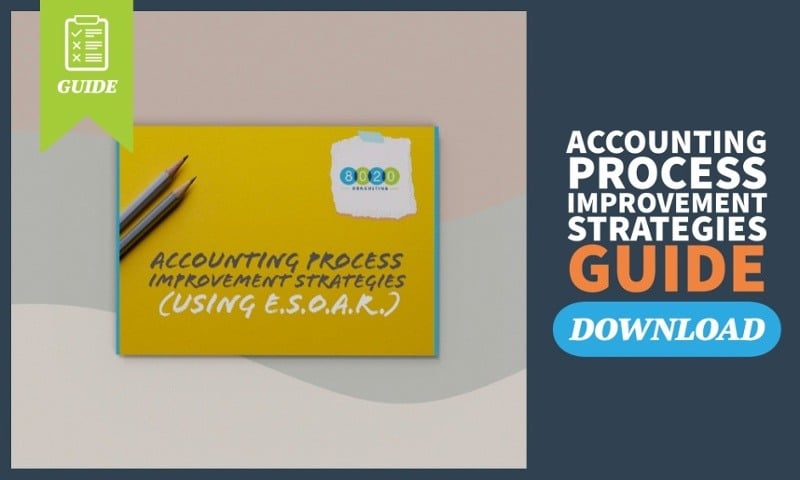
About the Author
Justin is a CPA with more than 15 years of progressive finance and accounting experience within a wide range of dynamic roles in the media and entertainment industry. Prior to joining 8020, Justin was instrumental in establishing a global shared financial service department at Warner Bros., where he developed world-class teams and engineered highly effective accounting processes to drive efficiencies at scale. Additionally, he’s held leadership roles managing multiple technology budgets and has directed business realignments for several entities. His expertise includes FP&A, financial reporting & accounting, financial modeling, business integrations, change management and business process optimization. Justin earned his MBA with a specialization in Global Management from UCLA Anderson School of Management and earned his B.A. in Business Economics from the University of California, Santa Barbara.
